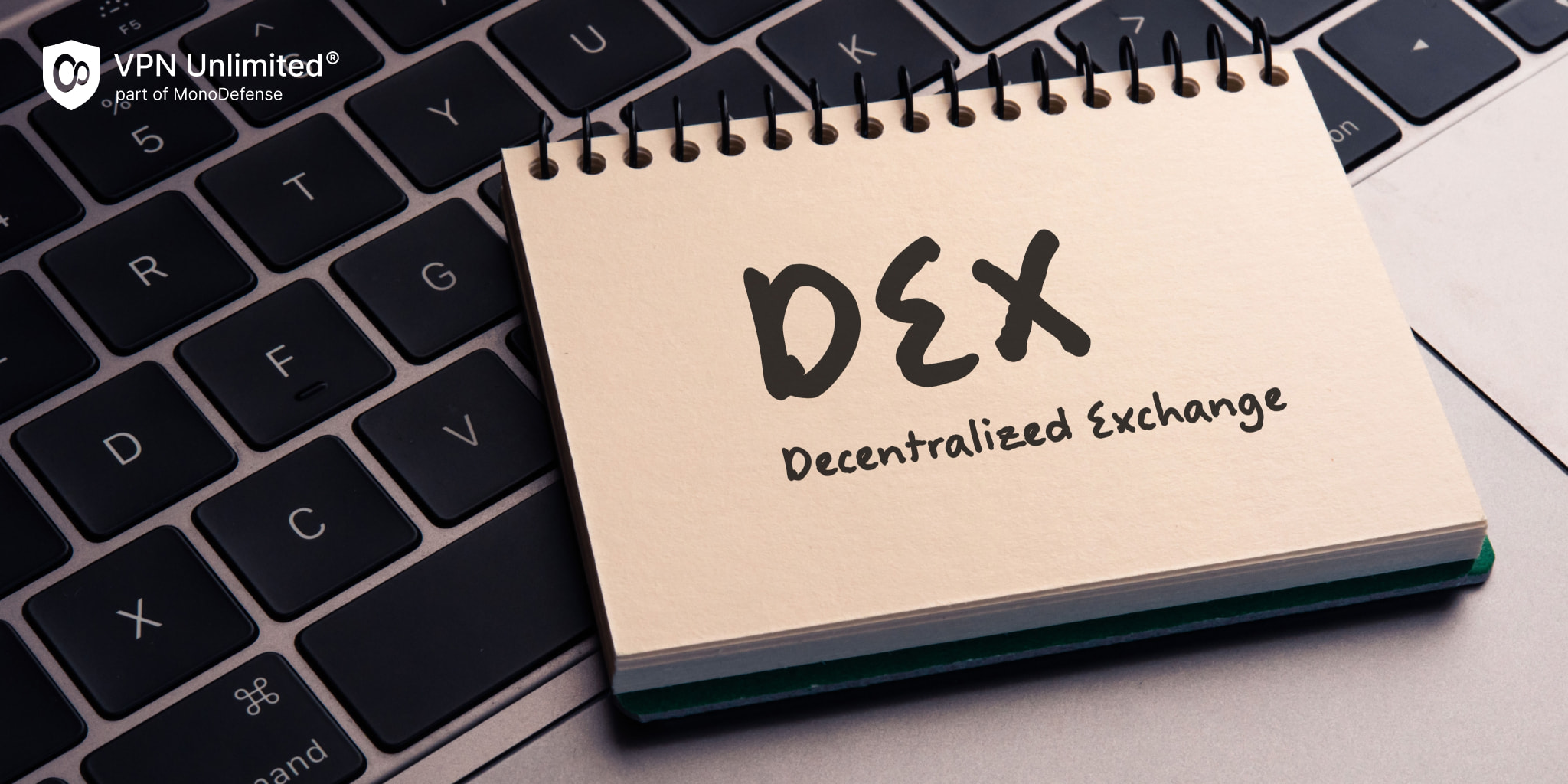Exploring Decentralized Exchanges: Understanding Attack Vectors and Mitigation Strategies

Decentralized finance (DeFi) has emerged as a revolutionary force in the world of cryptocurrency and blockchain technology. At the heart of this financial revolution are Decentralized Exchanges (DEXs), platforms that allow users to trade digital assets directly with one another, bypassing traditional intermediaries like banks and financial institutions. DEXs offer numerous advantages, including enhanced security, transparency, and user control. However, as with any innovative technology, they also come with their own set of risks.
In this article, we'll delve into the world of DEXs and explore the attack vectors that threaten their security. Understanding these vulnerabilities is crucial for both users and developers to ensure the safety and security of assets within the DEX ecosystem. We will also discuss real-life examples of DEX exploits and provide mitigation strategies and best practices to protect yourself in this dynamic and rapidly evolving space.
Decentralized Exchanges (DEXs) - A Primer
Before we dive into the world of attack vectors and mitigation strategies, it's essential to establish a solid foundation of what DEXs are and what makes them unique.
Decentralized exchanges, or DEXs, are cryptocurrency trading platforms that operate without a centralized authority. Unlike their centralized counterparts, DEXs enable peer-to-peer trading by matching buyers and sellers directly, often facilitated by smart contracts. This decentralized nature brings several advantages, including:
- Enhanced Security: With no central authority controlling user funds, DEXs are less susceptible to large-scale hacks or government seizures.
- Transparency: All transactions are recorded on the blockchain, providing transparency and reducing the risk of manipulation.
- User Control: Users maintain control of their private keys and, consequently, their assets, reducing reliance on third parties.
Some of the most popular DEX platforms include Uniswap, SushiSwap, PancakeSwap, and more. However, despite these benefits, DEXs are not immune to risks.
Attack Vectors in Decentralized Exchanges

As with any technology, DEXs face various attack vectors that could compromise their integrity and the security of user assets. Here are some of the most prevalent attack vectors:
- Smart Contract Vulnerabilities: DEXs often rely on smart contracts to facilitate trading. Vulnerabilities in these contracts can be exploited by malicious actors to drain liquidity pools or manipulate trades.
- Front-running: This type of attack involves a malicious actor placing a transaction in front of another user's trade, taking advantage of price changes before the initial trade is executed.
- Liquidity Pool Attacks: Liquidity providers on DEXs can face various risks, including impermanent loss and rug pulls, where malicious developers remove liquidity from a pool, causing losses for liquidity providers.
- Malicious Token Listings: Some DEXs allow anyone to list tokens. This can lead to the listing of fraudulent or malicious tokens, putting users at risk.
- Phishing and Social Engineering: Users can fall victim to phishing sites, scam projects, and social engineering tactics that trick them into revealing sensitive information or sending their assets to malicious addresses.
Real-Life Examples of DEX Exploits
To fully comprehend the potential risks, it's essential to examine real-life examples of DEX exploits. One notable case is the Uniswap V2 "evil contract" incident. In this situation, a vulnerability in the smart contract code was exploited, allowing an attacker to manipulate the pricing oracle and profit at the expense of other users.
By studying these cases, we can gain insights into the methods used and better understand how vulnerabilities can be exploited, driving home the importance of security in the DEX ecosystem.
Mitigation Strategies and Best Practices

Protecting yourself as a DEX user and ensuring the security of your DEX platform involves several key strategies and practices:
- Enhance Smart Contract Security: Developers should conduct thorough code audits, implement bug bounties, and use formal verification to minimize smart contract vulnerabilities.
- User Security: Users should be vigilant against phishing sites, use hardware wallets, and practice secure trading habits to safeguard their assets.
- Community Vigilance: Communities play a significant role in identifying and reporting suspicious activities, helping to maintain the integrity of DEX platforms.
In this rapidly evolving space, constant diligence and learning are essential to stay safe and thrive in the world of decentralized finance.
The Role of Regulation and Security Audits
As the DeFi space continues to mature, the role of regulation and security audits becomes more prominent. Governments and regulatory bodies are increasingly taking an interest in this sector, which can have both positive and negative implications. Additionally, security audits and third-party assessments are essential in enhancing DEX security and providing users with a degree of confidence.
Conclusion

In conclusion, decentralized exchanges offer an exciting and disruptive approach to traditional finance, but they are not without their vulnerabilities. Understanding attack vectors and mitigation strategies is paramount to ensuring the safety of your assets and the continued growth of the DeFi ecosystem.
As you navigate this dynamic and innovative space, always remember to stay informed, adopt security best practices, and actively support efforts to enhance DEX security. By doing so, you can play a crucial role in the safe and responsible evolution of decentralized finance.